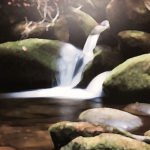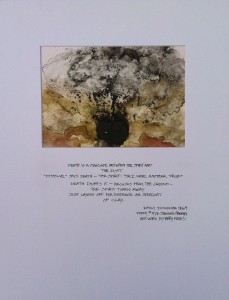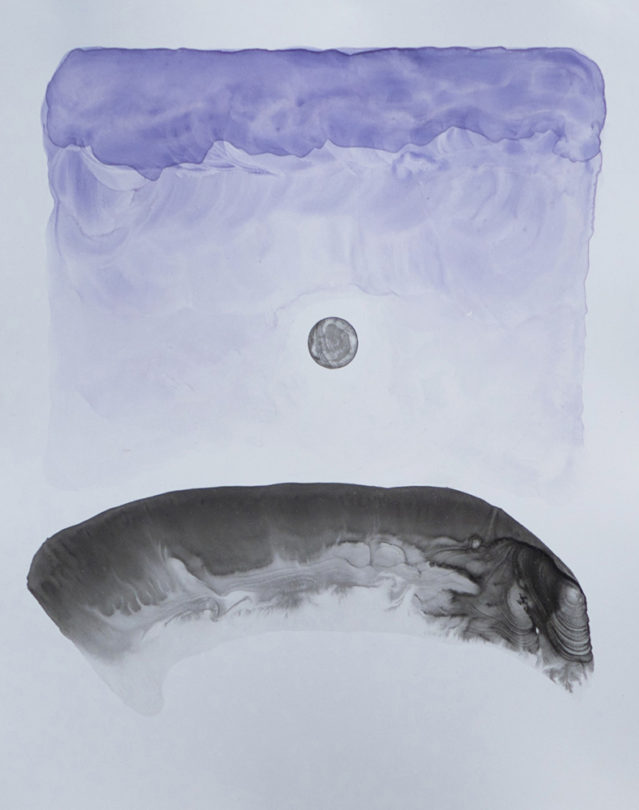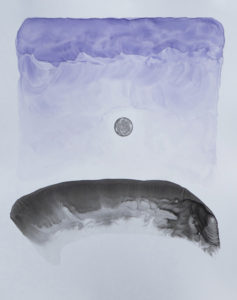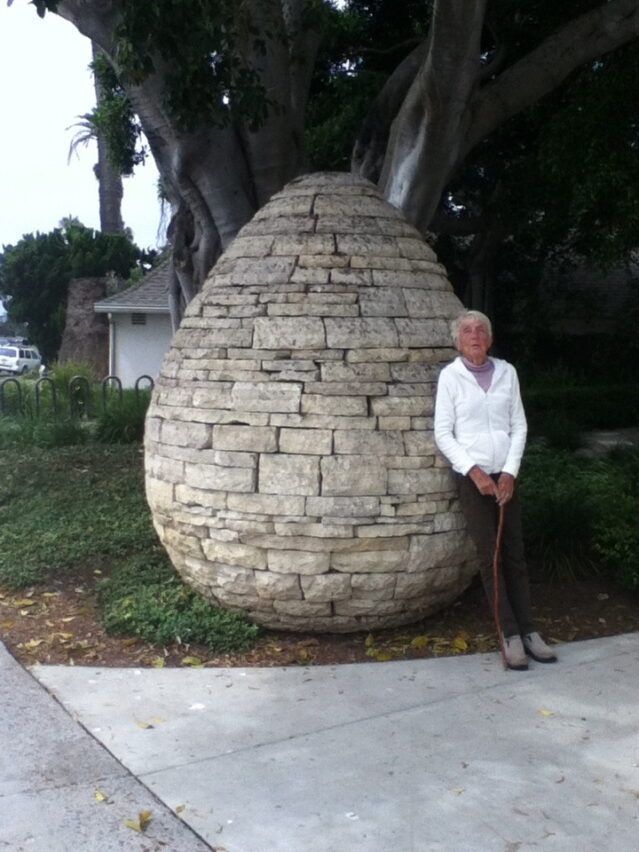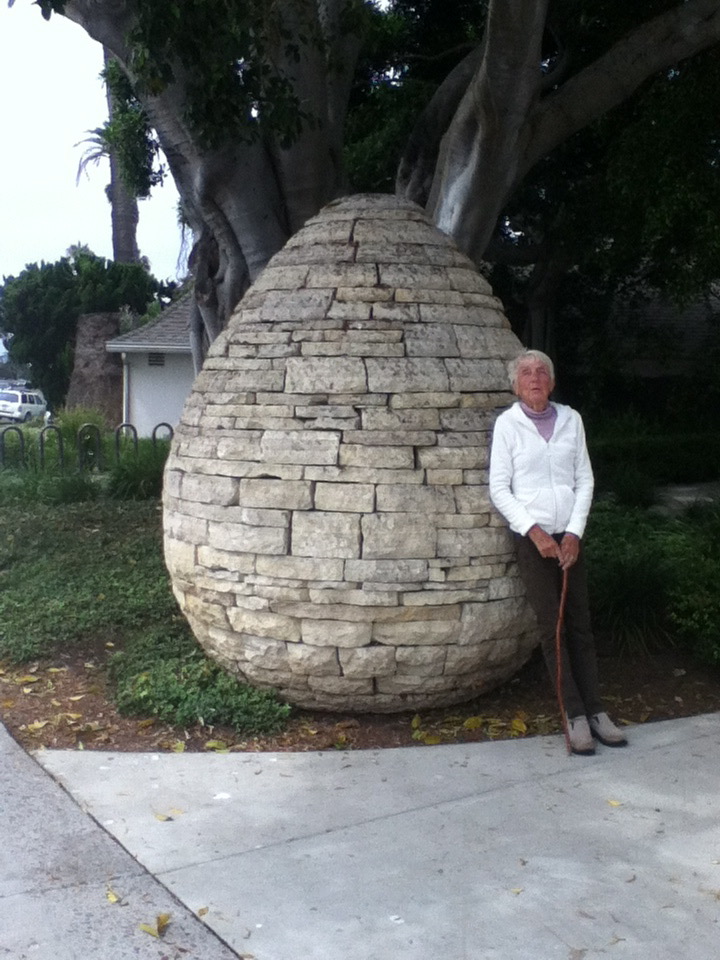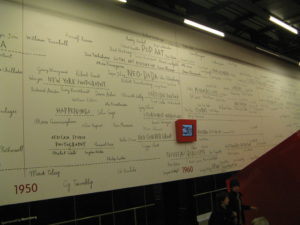One evening late, near Canada this month, I was walking outside and looked up.
It was startling!
Above me was a tableau sparkling with wonderment. I remember as a child pondering the patterns in the wilderness skies. I had no concrete belief in God then, at least I didn’t until I started looking up.
I remember not too long ago having a probing conversation with a young Navy man. I asked him “have you ever looked up and just wondered about all those star clusters . . ?” The young man looked at me and said, “Ma’am, we can’t see the stars in the ghetto.” I was stopped short. He returned my silence with sadness. He knew he’d stopped my wonder. Poverty is not just material.
When the vacuous haze of our own artificial light is dimmed however, when we can get away to where the simple sky is visible we have opportunity to see so much more. It hangs there for free. It has no boundaries of nation or class. In all the other centuries of history the brilliance was so much more accessible. There are star names from ancient Persian, Chinese, Greek, Coptic, Arabic, Ethiopian, Hebrew and Chaldean observers who studied and followed the patterns.
I so wanted to photograph the night sky this time. I emailed a friend to find out if there could be a way to catch a record with my simple camera. No, she said, “you will just have to burn the sight onto your retina, and then paint it for us!” So I did, I burned it into my memory and in some way, I want to translate it.
The real display is still there. Find some way to look up.

